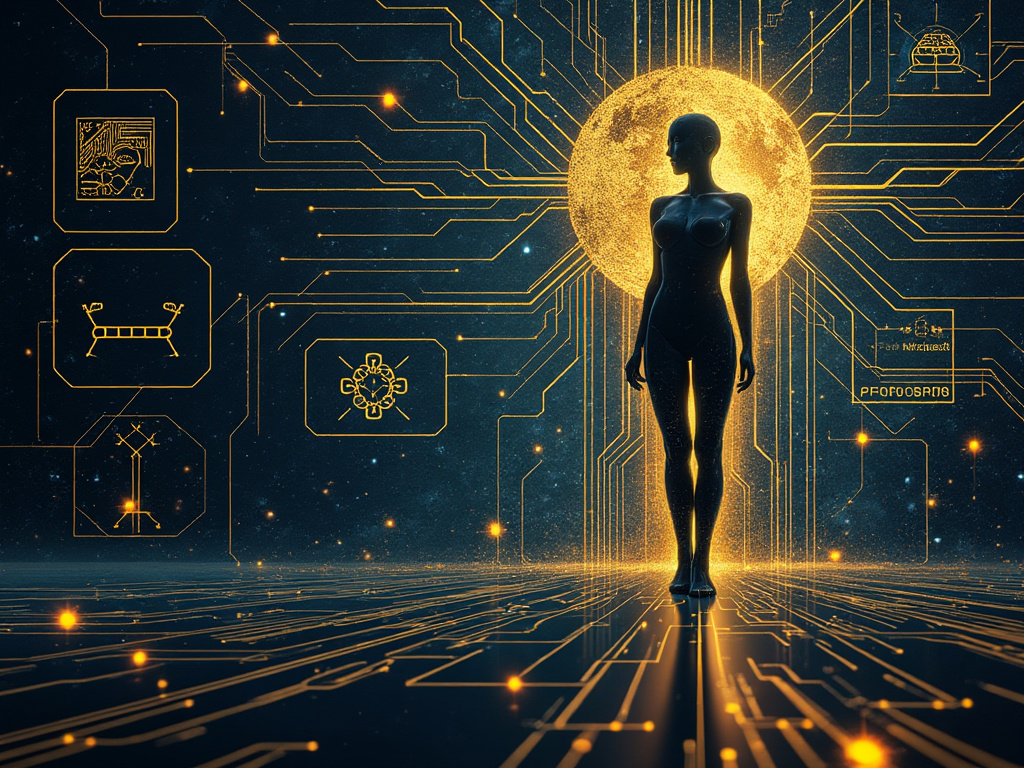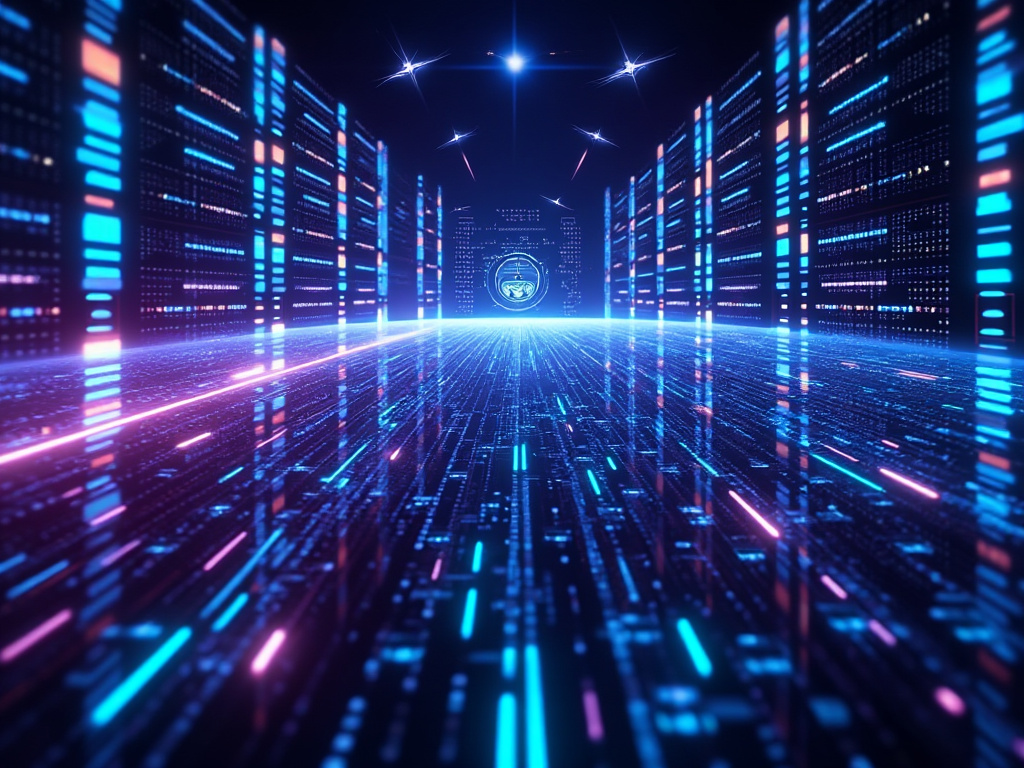Imagine a scientific breakthrough that bridges the gap between neuroscience and artificial intelligence. This isn’t science fiction; it’s the reality of a groundbreaking collaboration between Harvard University researchers and Google DeepMind scientists. Their brainchild? A virtual rat with an AI brain, offering a revolutionary new tool for understanding how our brains control complex movements.
Building a Digital Doppelganger
The journey began with meticulous observation. High-resolution data from real rats formed the foundation for a biomechanically realistic digital model. This virtual rat, meticulously crafted by the Harvard team in collaboration with DeepMind, became the canvas for an ambitious experiment.
The Power of Artificial Neural Networks
Enter the artificial neural network (ANN), the virtual brain of this digital rodent. Trained using deep reinforcement learning, a powerful machine learning technique, the ANN learned to mimic the brain’s utilization of “inverse dynamics models.” These models allow the brain to translate our intentions into motor commands, enabling us to perform everyday actions like reaching for a cup.
The virtual rat’s ANN, however, went a step further. It wasn’t just replicating pre-programmed movements. By analyzing reference trajectories from real rat data, it achieved a remarkable feat: generating the necessary forces for a wide range of behaviors, even those not explicitly trained on. This highlights the potential of AI to not just imitate, but also learn and adapt.
Collaboration is Key
“DeepMind had already developed a powerful system for training biomechanical agents,” acknowledged lead researcher Diego Aldarondo. “We simply didn’t have the resources to run such complex simulations.” This collaboration exemplifies the power of synergy between academic and industry expertise, paving the way for groundbreaking discoveries.
A New Frontier in Neuroscience
The implications of this research are vast. The virtual rat offers a revolutionary platform for dissecting the intricate neural circuitry underlying complex behaviors. By studying how the AI-powered brain controls movement, scientists can gain unprecedented insights into the real brain’s workings.
Beyond the Lab: Applications Abound
The potential applications extend far beyond the realm of pure research. The virtual rat could pave the way for the development of more advanced robotic control systems. By understanding how the virtual brain generates complex movements, researchers can develop robots with greater sophistication and adaptability.
Even more exciting is the possibility of a new field: “virtual neuroscience.” Imagine using AI-simulated animals as research subjects, offering complete transparency and the ability to model disease states. This could revolutionize our understanding of neurological conditions and lead to breakthroughs in treatment strategies.
The Future: Unlocking the Mysteries of the Mind
The next step? Empowering the virtual rat with greater autonomy. By allowing it to solve tasks similar to those encountered by real rats, researchers can test their theories about how the brain learns and adapts. This will provide invaluable insights into real-world behavior acquisition.
The ultimate goal, as stated by Dr. Ölveczky, is to “advance our understanding of how real brains generate complex behavior.” This groundbreaking collaboration has opened a new chapter in neuroscience, where AI serves as a powerful tool for unlocking the mysteries of the mind. Together, these researchers are pushing the boundaries of science, paving the way for a future filled with deeper understanding and innovation.

